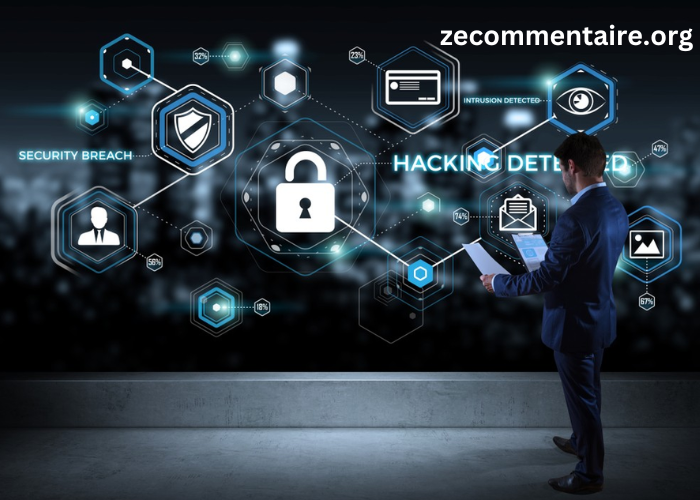Indicators of Compromise (IOCs) have become increasingly crucial in cyber threats. Organisations worldwide are constantly under threat from cybercriminals seeking to exploit vulnerabilities. As a result, enhancing incident response through the effective use of IOCs has become a vital part of any robust cyber security strategy.
At its core, an IOC in cyber security refers to any information that can be used to identify a potential threat. IOCs are the breadcrumbs that cyber security professionals follow to uncover and mitigate cyber threats.
The Importance of IOCs in Incident Response
Effective incident response hinges on quickly detecting and responding to threats. IOCs are crucial for this procedure since they give early warning indicators of harmful activities. Security teams can quickly ascertain the type and extent of a cyber threat by recognising pertinent signs when an incident happens.
Utilising IOCs for Effective Incident Response
These steps ensure that teams can promptly identify, analyse, and respond to potential cyber threats, thereby minimising the impact of security incidents.
Data Collection:
The first step in utilising IOCs is the comprehensive collection of potential indicators from various sources. They must proactively gather data that could hint at malicious activities. This data collection can be achieved through several channels:
Internal Monitoring Systems: These systems are integral to an organisation’s security infrastructure. They include tools and software designed to continuously monitor network traffic, system logs, user activities, and other relevant metrics. By detecting anomalies and irregularities, these systems can flag potential threats that need further investigation.
Threat Intelligence Feeds: External threat intelligence services provide a wealth of information on the latest threats and known indicators of compromise. These feeds aggregate data from numerous sources worldwide, offering insights into emerging threats, attack patterns, and cybercriminals’ tactics. By integrating these feeds into their security operations, organisations can stay ahead of evolving threats.
Collaboration with Other Organisations: Sharing threat information and indicators with other companies, industry groups, or cyber security communities enhances the overall security posture. Collaboration facilitates the exchange of knowledge about new threats and effective defence strategies, thereby improving all involved parties’ detection and mitigation capabilities.
Data Analysis:
Once the potential indicators are collected, the next crucial step is their thorough analysis. This involves several layers of scrutiny to determine the relevance and severity of each indicator:
Assessing Relevance and Severity: Not all detected anomalies signify a real threat. Security teams must evaluate each indicator to understand its context and potential impact. This assessment helps prioritise responses, ensuring the most significant threats are addressed first.
Distinguishing Between False Positives and Actual Threats: Preventing warnings that indicate a danger when none exists—also known as false positives—is a significant obstacle in incident response. Analysing the indicators to differentiate between false alarms and genuine threats is essential. This step ensures that resources are not wasted on non-issues and that actual threats receive the necessary attention.
Utilising Advanced Analytical Tools and Threat Intelligence Platforms: The complexity and volume of data involved in modern cyber security require advanced tools for practical analysis. Threat intelligence platforms and analytical tools can automate the data processing, correlation, and interpretation tasks. These tools help quickly identify patterns, anomalies, and potential threats, thereby enhancing the efficiency and accuracy of security teams. By leveraging these technologies, organisations can better manage vast amounts of data and focus on actionable intelligence.
An IOC in cyber security is a vital tool in the arsenal of any organisation aiming to bolster its incident response capabilities. By identifying and leveraging these indicators, security teams can detect threats early, respond effectively, and minimise the impact of cyber attacks. Despite the challenges, the benefits of using IOCs far outweigh the drawbacks, making them an indispensable component of modern cybersecurity strategies. The importance of incident operations centres (IOCs) in improving response times to cyber incidents will only increase as the sophistication of cyber threats rises.





